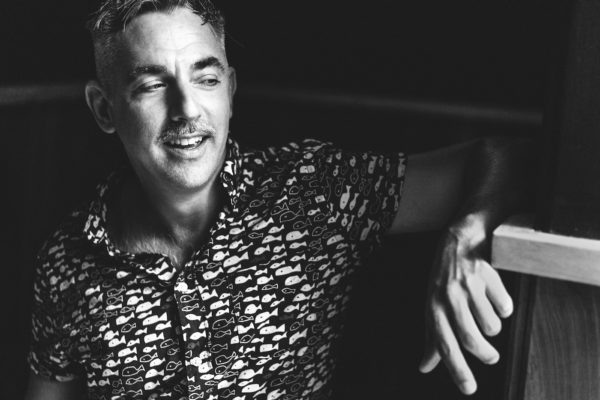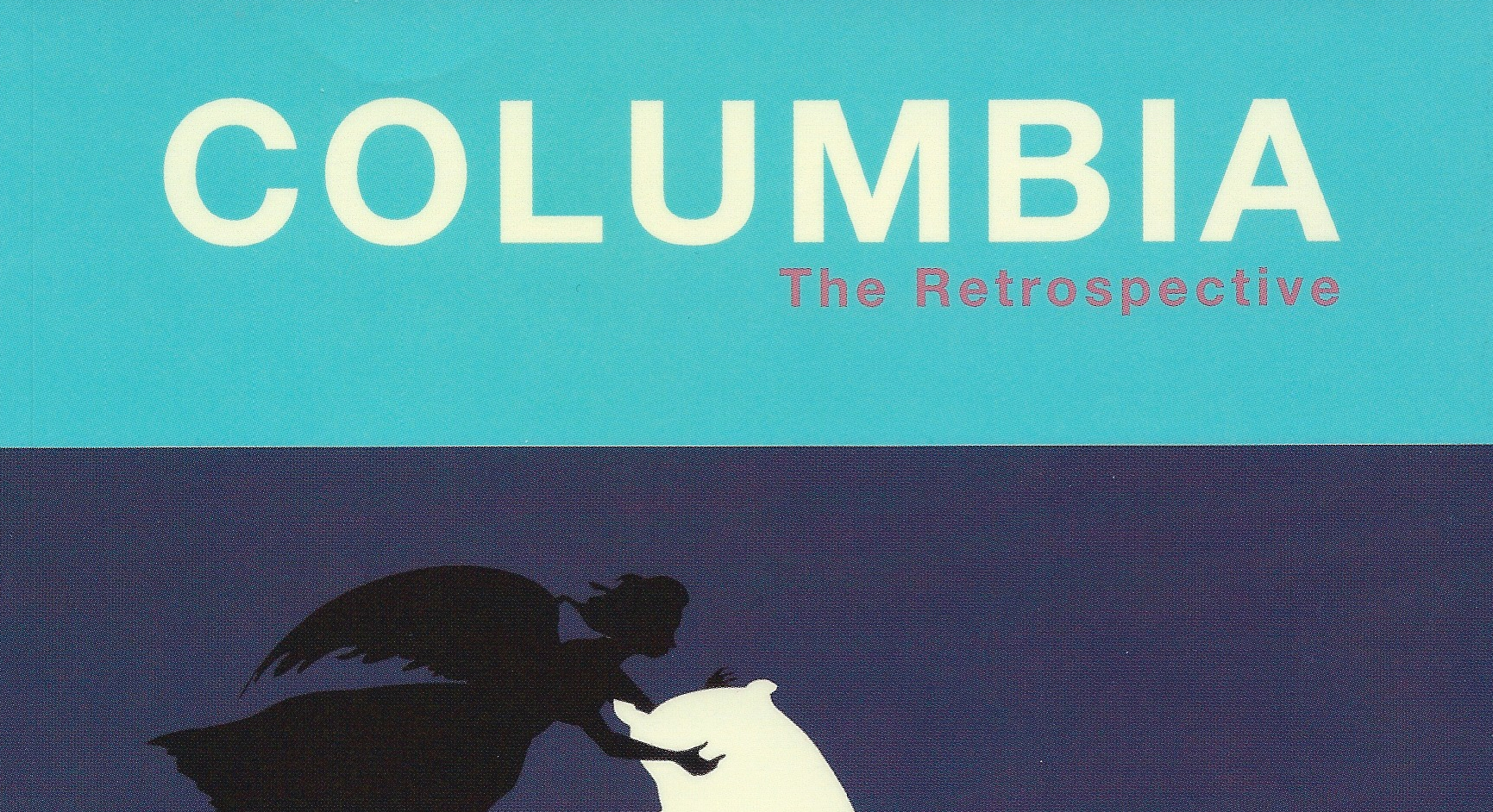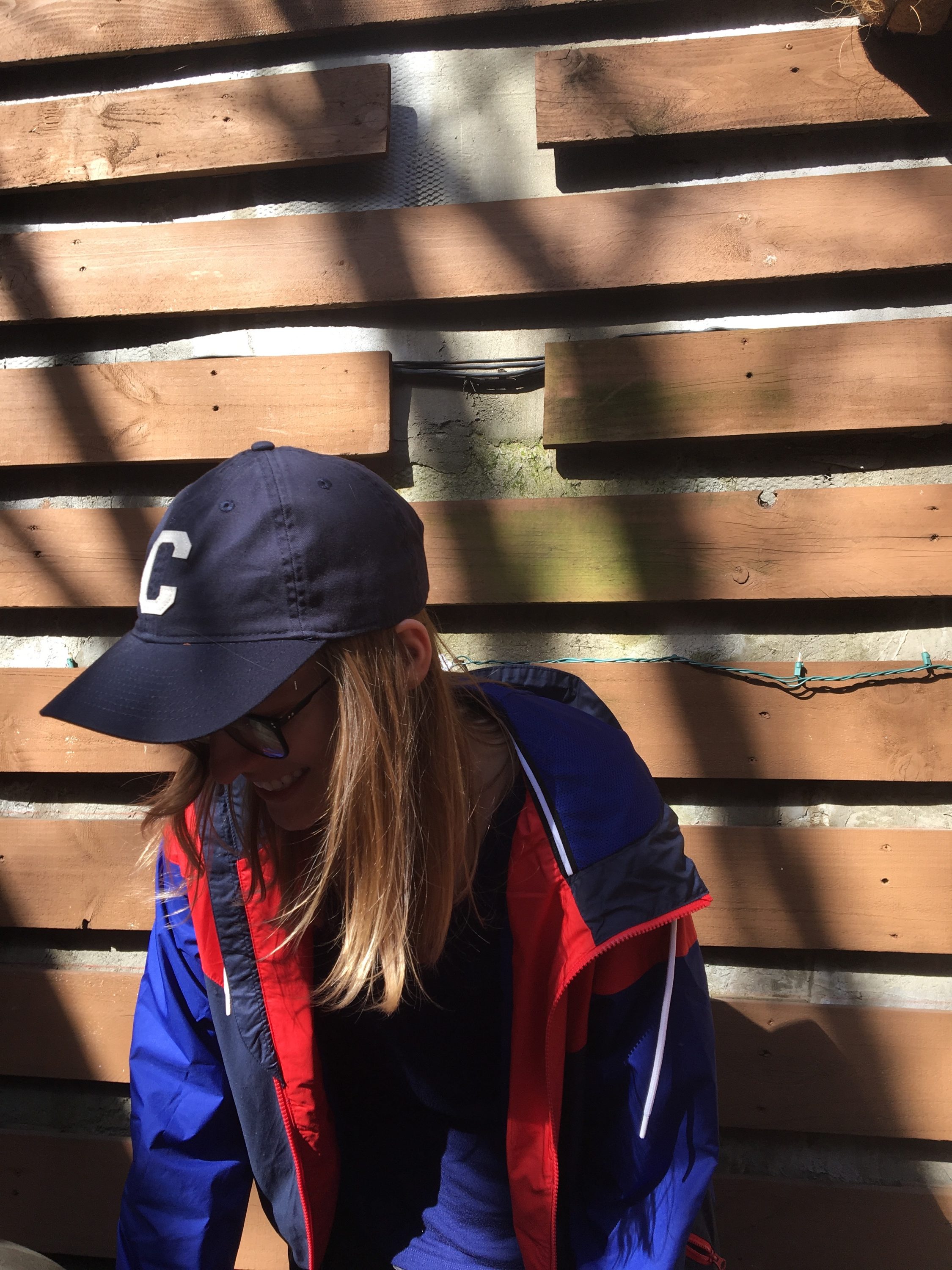Tim Murphy’s Christodora is a time-traveling, political, historical, educational heartbreaker of a novel. Christodora’s seven main characters are connected in the story by the title’s eponymous building in New York City: the Christodora on the Lower East Side. It delivers a fresh perspective on an oft-explored and critical time of the 1980s. Murphy doesn’t stop there, though: the tale unwinds over decades, landing in the 2020s, which Murphy discusses in his interview below.
Murphy, a three-time novelist (his first two novels, Getting Off Clean and The Breeders Box, were published under the name Timothy Murphy). Murphy is a longtime NYC-based journalist on HIV/AIDS, LGBTQ issues, arts and culture for the New York Times, New York Magazine, The Nation, and Poz magazine. He is also an organizer and media co-coordinator for the direct-action group Gays Against Guns, which protests the influence that the gun industry and its lobby groups have on Congress in blocking common-sense gun laws. Below, he talks about nostalgia for the bad old days of New York, political correctness, and novels as a vehicle for activism.
Kayla Tanenbaum is a student at Columbia University’s graduate writing program in the nonfiction concentration. Her bimonthly column features interviews with authors that reveal stories, lessons and realizations of interest to all readers – and to other writers, in particular – and pairs best with these authors’ works, as they emerge, throughout the year. Tanenbaum’s candor and wit slice clean lines across her subjects’ ideas. As an interviewer, she candidly reveals as much about the life of a writer in New York – hers and her subjects’ – as she exposes about the success and authorial presence to which we all aspire.
This transcript has been edited for clarity.
Kayla Tanenbaum: You’ve had a long career as a journalist reporting on HIV/AIDS. Can you talk about the birth of this project as a novel?
Tim Murphy: I did have this whole 20-year narrative of HIV/AIDS in my head, and I always thought that it was an amazing narrative, a stunning, emotionally staggering narrative because it’s so horrendous, a real nightmare in the first several years. Then it becomes this narrative of heroism and resistance and fighting back in the late 80’s and the early 90’s, which not coincidentally was also the era of some of the major advances in terms of the government paying attention to [HIV/AIDS].
KT: One particularly moving part of Christodora was towards the end, where we see a group home for people who have survived AIDS. They didn’t die, but they’re sort of floundering, not really living.
TM: There are so many people like that, many of whom I know, these survivors. A lot of them are HIV-positive, not all but a lot, and are broken by the whole chain of events and are living in poverty or near-poverty. Many have become a shadowy part of this ghost generation of survivors who slipped between the cracks of public consciousness. The funny thing about the book is that, even as I was writing it, I was thinking no one is going to buy this. It’s just too sad.
And then, on a more personal level, I had my own challenges with depression and addiction when I was younger, so a lot of that went into the characters as well. I decided I just had to get this book out there by hook or crook. I thought, at best, a really small queer publisher would publish it. Or I would have to self-publish it.

KT: I want to speak about the character of Mateo, the son of Ysabel, who dies of AIDS in the novel. Mateo is ultimately adopted by Jared and Milly, a privileged couple, and I felt that he turned to drugs because he felt that he — this AIDS orphan — was isolated from the wealthy, white family that raised him.
TM: I think I was reaching down to how I felt as a gay adolescent: extremely alienated and sometimes feeling like I was born into the wrong family. You have feelings that you don’t fully understand and you just want to numb them. You want to escape them, and I think drugs are just a way to escape your feelings. For every character you write, you’re reaching deep within yourself on some level. We don’t really know how anger or any other emotion feels in other people, so we must look within ourselves.
KT: Were you anxious about writing these characters with respect to political correctness and appropriation? Were you anxious to use the word “nigga” when Mateo is speaking to his friends? Were you ambivalent about writing a Latina considering you are a white man?
TM: Yeah! I felt very conscious of all that stuff, but I thought, just keep thinking about the people you know. Keep thinking about where these characters are coming from, keep trying to inhabit their worlds and their inner spaces and the worlds they live. Write it, and show it to people later. After I did the first draft, I showed it to a variety of friends including some Latino friends who had grown up in the city. In one instance, regarding a scene at Paradise Garage club in the 80’s, a friend told me I can’t impose my own inner monologue on a Latina. So I had to rewrite the scene.
KT: Showing those types of characters to your friends while writing is one thing, but how did you feel about the act of publishing those characters and opening yourself to a public response?
TM: I fully anticipated the possibility of concerns from readers of color or women. It hasn’t really happened yet, but I would also welcome it. I would want to hear how readers might feel that this is either inauthentic, or offensive.
TM: Even though things are changing and, at this very moment, titles by writers of color such as Colson Whitehead’s Underground Railroad, Yaa Gyasi’s Homegoing, and Jacqueline Woodson’s Another Brooklyn are at the top of the best seller lists, we know traditionally that white people have been the gatekeepers for published storytelling.
KT: In light of that, what should white men do today when they have stories they want to publish?
TM: I feel enough AIDS stories about gay white men have been written. It’s not my experience of AIDS, as in working in it, writing about it, witnessing it — it’s not what my experience of AIDS in New York City has been, and I felt really, really strongly about writing a book that reflected that. The role of women in the movement has almost never been written about in a fictional, narrative way. There’s archival stuff out there, but it’s never really been put into a narrative, to my knowledge. I don’t know if it’s right or wrong in terms of arrogance or hubris or entitlement, but it was important for me to incorporate [that alternative narrative].
KT: I learned a lot about the movement from your book, particularly lesser-told stories of women and the role of the Department of Health during the crisis.
TM: The challenge was how to tell this story authentically and accurately and weave it into a narrative that keeps going, that’s compelling, that doesn’t drag. A few people have told me they feel that it drags in places where it gets very technical, but others have said they loved those parts because they didn’t know many of the details. A lot of people have said that they learned a lot of real-life history about things they didn’t know. So, I feel really good about the book in that regard.
KT: In terms of the humor in the book, I feel there’s a bit of mocking of these well-meaning white liberal types.
TM: A lot of people commented on the bougie characters and how annoying they think those characters are. I’ll totally admit that I worried that if I wrote an AIDS-driven novel that was just about gay people or queer people then it would take place in that bubble, and therefore it wouldn’t get any attention outside of that world. The flip side is that the mixes of people in the book do reflect my own life. I am white, from a very middle-class background, and I went to college with a lot of wealthier people. Those people came to be among my best friends and many still are. I guess by virtue of living in New York and getting involved with AIDS stuff and going to rehabs, sometimes going to public rehabs, I got to know very different people. I really wanted to write a book that had all of those kinds of people in the mix and showed the ways that they do or do not intersect in life. I wanted to show everyone’s interior lives. This book is a mashup of characters from various levels of privilege. I wrote it as I’ve experienced it, in my life, and tried not to make judgments about any of the characters.
KT: Can you talk a bit about the research required for Christodora?
TM: I wanted the book to be hyperperiod, which means that when you’re in 2010 you’re really in 2010 and when someone in the book hears Lady Gaga coming out of the car, you remember what you were doing when you heard a song coming out of a car five years ago or 20 years ago or whatever era we’re talking about. I did a lot of research to fine-tune things like, for example, what exactly was going on in May of 1989.
KT: This book jumps around in time from the early 1980s to the 2020s. Can you describe your experience with nostalgia?
TM: It’s very intense, but it’s also experienced with an understanding that nostalgia is something unto itself. Nostalgia is what you feel later, versus what you felt in the moment. It’s very rare that anyone walking around, in the moment, says, “This is a great, rich moment in cultural history.” I wanted the book to capture that sense of this “other” New York fading away, with all of its charm and all of its horror. For a lot of people, for gay people, for neighborhoods affected by crack, those were horrible times. On the other hand, gentrification hadn’t occurred like we know it today. Neighborhoods were so in the dumps that no one was getting pushed out of their homes.

KT: How did you handle the task of writing about the future?
TM: I started writing the future section in 2011 or 2012, so some of the things I included ended up being cut because it was pretty clear they weren’t going to happen. One example was the completion of the Second Avenue Subway, which by the time the book was going to come out, we knew would not be completed. I had to cut it. I didn’t write about the future in order to do a science fiction thing. I was wondering, what do I do now? How do I kick this story forward and how do I show these lives 10 years from now? I tried to take a very light hand with respect to futurism.
KT: Did you write the chapters in chronological order?
TM: I mostly wrote them in the order that they appear in the book. Later on, I interjected a few new chapters to flesh out details. Interestingly, there was a final chapter that went back in time, one more time, and that was the biggest thing my editors urged me to cut.
KT: Did you fight them on that?
TM: I’m such a well-trained puppy from being a journalist for so many years where I very rarely pushed back on edits. I learned then that if I didn’t for the most part acquiesce, then I wasn’t going to work. People would get a reputation as being a pain in the ass, so I learned to be receptive to cuts.
KT: My last question: do you think that novels, or art in general, can do the work of activism? Do you think that the answer matters?
TM: I so deeply feel like art has the power to capture the public imagination. I really did want to fictionalize that story, that real-life story, because it’s just an amazing story of a movement, told less often than the civil rights movement or the women’s movements or even the bigger gay rights movement with respect to the Stonewall story. It’s an amazing story of a really despised people going up against the power structure and ultimately changing a lot. That story’s never been told.




